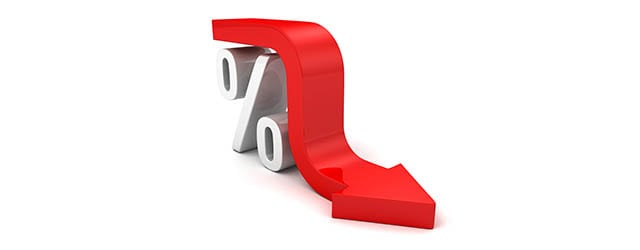Now that Japan has joined Europe in adopting negative interest rates, could below-zero rates become a policy option for the Federal Reserve?

“In the spirit of prudent planning,” the Fed “will look at, should look at” the possible implementation of negative interest rates in the US, Federal Reserve Board chair Janet Yellen told the House Financial Services Committee in February. Negative interest rates mean that depositors have to pay to keep their money with the central bank.
“It isn’t just a question of legal authority, it’s also a question of could the plumbing of the payments system in the US handle it?” stated Yellen. “Is the institutional structure of our money markets compatible with it? We have not determined that.”
Yellen said US rates could turn negative “without the Fed” if there was a strong flight of capital to US Treasuries as a safe haven. The Fed has confirmed that under this year’s stress tests, one scenario includes a negative three-month T-bill yield for an extended period throughout the first quarter of 2019.
Mark Cabana, a rates strategist at Bank of America Merrill Lynch, wrote in a recent research report: “While not our baseline scenario, if the US economy were to sufficiently weaken, we believe the Fed would consider negative rates as a means to ease policy.”
Before pursuing negative rates, the Fed would likely want to work with market participants to resolve any potential technical issues associated with trading, payment and settlement systems, Cabana says.
One issue is whether the Fed can pay a negative interest rate, or in effect charge a fee, for the more than $2 trillion in reserves that banks have on deposit at the central bank. The legal and practical issues mean that negative rates are unlikely to become a preferred policy tool for the Fed, which remains focused for now on gradually raising rates.
Another question is whether negative rates would increase bank lending and boost the economy. They certainly wouldn’t help banks’ margins and could undermine the financial system.



